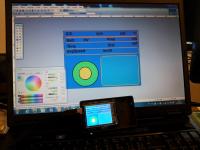2009Prius
Participant
- Inscrit
- 5 Avr. 2012
- messages
- 38
- Score de réaction
- 0
- Localisation
- USA
- Véhicule
- 2009 Prius (US model Gen 2)
Are ken1784 and kinetik both talking about gen 2 (in US it's 2004 ~ 2009) Prius? Maybe Toyota changed the algorithm between model generations or even between model years within the same generation? (I don't remember the detail but I remember there was a PriiDash user that had problem with one of the values and it turned out for that CAN ID his Prius sent one fewer byte than mine.)


